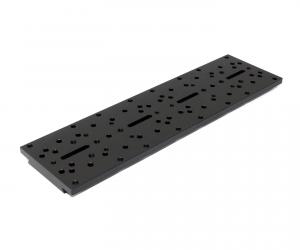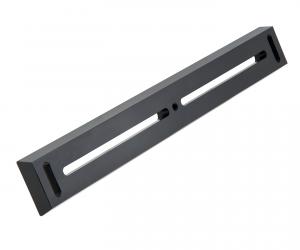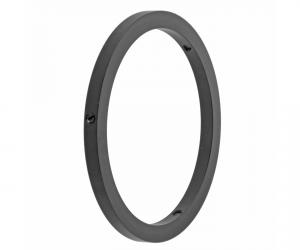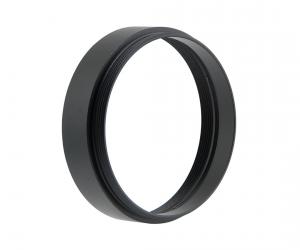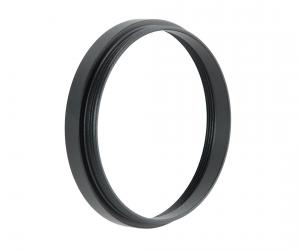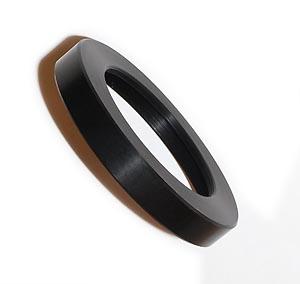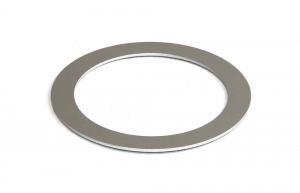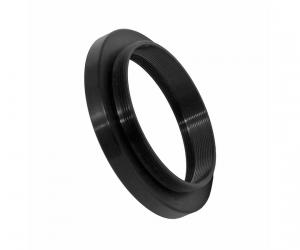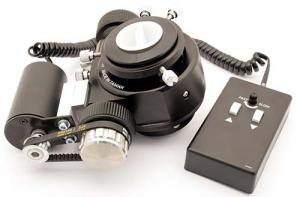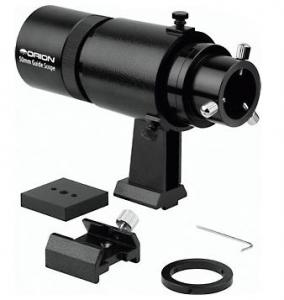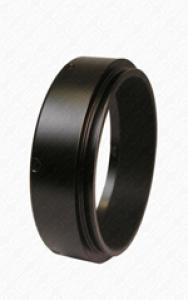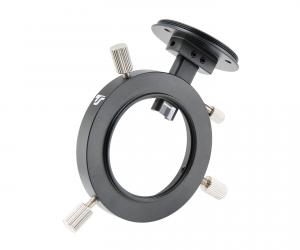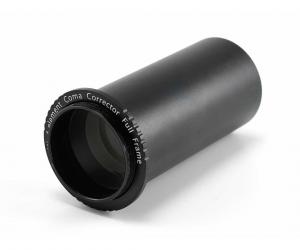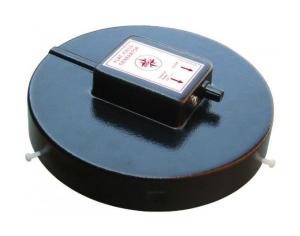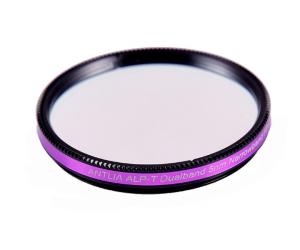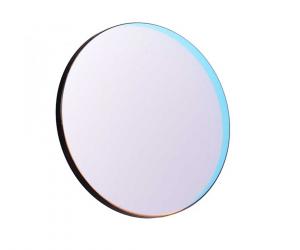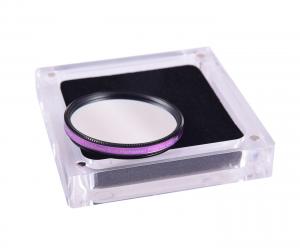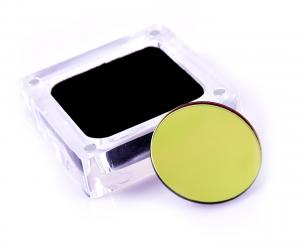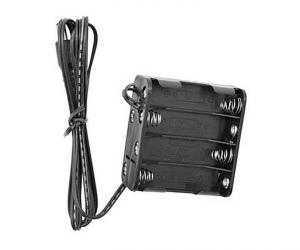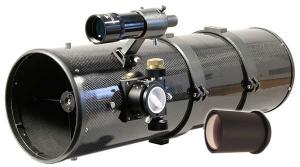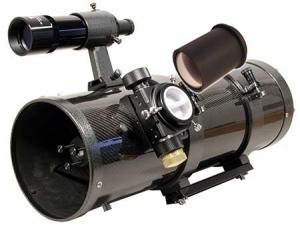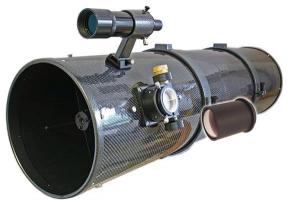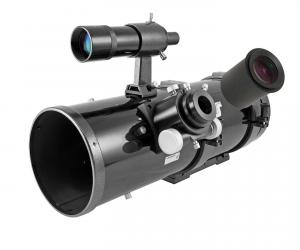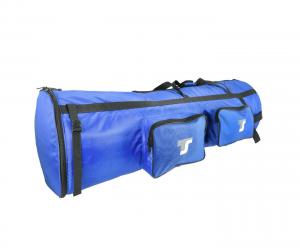- Telescopes
- Overview:
Telescopes - Achromatic Refractor
- Apochromatic Refractor
- Overview:
Apochromatic Refractor - ED Refractor - less color aberration than an achromatic
- SD APO - color free 2-element APO objective
- EDT APO - 3 element ED objective
- High End APO with 3-element APO objective - no color aberation
- Flatfield APO with flat field for Astrophotography
- All Apos and EDs from all manufacturers - large overview
- TS APO and ED from Japan with high quality optics
- Overview:
- Newtonian Telescopes
- Dobsonian Telescopes
- RC Ritchey Chretien Telescopes
- Casssegrain Telescopes
- Reflektor Telescopce with Lens Correcture
- Maksutov Cassegrain Telescopes
- GoTo Telescopes
- Solar Telescopes H-Alpha
- Overview:
- Mounts Tripods Rings Rails Power Supply ...
- Overview:
Mounts Tripods Rings Rails Power Supply ... - Mounts Equatorial with GoTo
- Mounts Equatorial without GoTo
- Mounts Azimutal with GoTo
- Mounts Azimutal without GoTo
- Mounts GoTo - Harmonic Drive
- Travel mounts for astro imaging
- Tripods Piers Polar Wedges
- Mount Control & Electronics
- Dovetail Clamps, Plates and Mount Adapters
- Tube Rings
- Power Supply
- Counterweights Balance Weights
- Mount Accessories - Other
- Overview:
- Telescope Accessories
- Overview:
Telescope Accessories - Eyepieces
- Barlows & Reducer Lenses
- Diagonal Mirrors and Prisms
- Binocular Viewers
- Finder Scopes
- Telescope Collimation and Test
- Cleaning Tools
- Transport and Storage
- Dust protection for Telescopes & Accessories
- Stray Light Protection
- Dewcaps and Heater
- Focusers, Adapters, Motorfocus
- Telescope DIY & Improvement
- Other telescope accessories
- Replacement Parts
- Overview:
- Filters
- Overview:
Filters - Color Filters and Color Filtersets
- Nebular Filters for Visual Observing
- Neutral-Density and Polfilter
- Photo Narrowband Nebular Filters
- Photo Broadband Filters
- Photo Planetary Filters
- Photo R-G-B and IR Cut Filters
- Photo - Filtersets
- Photometric Filters
- Clip Filter for DSLR Cameras
- Filter Wheels and Filterslider
- Solar Filters for white light
- Solarfilter for H-Alpha and Calcium
- Overview:
- Adaptors
- Overview:
Adaptors - Adapter 1,25" and 24,5mm
- Adapter 2"
- Adapter T2 - M42x0.75
- Adapter M48x0,75
- Adapter M54
- Adapter SC
- Adapter M63
- Adapter M68
- Adapter to other Threads
- Adapter Extensions
- Adapter camera bayonet
- Adapter Objective Filterthread
- Adapter Quick Changing , Rotation
- Adapter Eyepiece Projection
- Adapters Tilting
- Overview:
- Astrophotography and Photography
- Overview:
Astrophotography and Photography - Cooled Cameras
- Cameras without Cooling
- Deep-Sky Cameras uncooled
- Set-Offers Camera, Filter, Wheels
- Acessories for Cameras
- Travel mounts for astro imaging
- Imaging Correctors for Telescopes
- Autoguiding Cameras & Sets
- Everything for Guiding
- Focusing aids - Bahtinov mascs
- Flat Field foils and boxes
- Lenses for Cameras
- Piggyback Camera Holder
- Camera Bags, Photocases & more
- Digital Camera and Smartphone Adapter
- Other photo accessories
- Overview:
- Binoculars, Spotting Scopes, Microscopes, Range Finders
- Overview:
Binoculars, Spotting Scopes, Microscopes, Range Finders - Roof Prism Binoculars
- Binoculars with Porro prisms
- Binoculars from 100mm Aperture
- Binoculars with 1,25 inch eyepieces
- TSMX APO Binoculars
- Binoculars for Astronomy
- Binoculars Hiking Bird watching
- Monoculars - Opera Binoculars
- Accessories for Binoculars
- Spotting Scopes
- Range Finders
- Microscopy
- Bags for Phototripods & Binoculars
- Overview:
- Phototripods and Binomounts
- Books, Software
- Overview:
Books, Software - Books for Astronomy Beginners
- Star Charts and Planispheres
- Books about our Solar System
- Observing Tips for Amateurs
- Popular Astronomy Literature
- Teaching material
- Astrophotography books
- Telescopes, Observatories, Construction
- Calendars Yearbooks
- Software, Star Charts
- Books for Microscopers
- Books Nature and Animals
- Nature Photography TimeLapse
- Overview:
- Night Vision, Magnifiers, Weather, Domes & more
- Beginner Astronomy and Gift Ideas
- Second Hand & Special Offers
- New products
Manufacturer: Boren-Simon Astrograph
Product number: BS10ED
EUR2478.00new
EUR 2.478,00
incl. 19 % VAT (DE)
The VAT indicated refers to that applicable in Germany. After logging in, the VAT amount is adjusted to the applicable VAT of the stored delivery country. Therefore, the final price may vary accordingly.
excl. 45.95 € shipping costs (DE)
more details to the shipping costs ...Please log in to calculate shipping costs to your country.
Product expected to be available from 30.05.2025
There are no reviews for this product
- Details..
- Technical data..
- In the box..
- Reviews..
- FAQ..
- Manufacturer infos..
- Safety informations..
With the Boren-Simon PowerNewtonian, you can take extremely deep astrophotographs within just one night.
Due to the professional TS2KORR reducer/corrector, you can enjoy the amazing performance with great sharpness and no reflection problems. You can gather enough raw material for the truly ultimate photograph of an object in one night!The advantages of the 10" f/2.8 PowerNewtonian:
The advantages of the 10" f/2.8 Astrograph against Celestrons Hyperstar system
The TS UNCN2-G2 focuser:
A centerpiece of the TS PowerNewtons is the advanced TS UNCN2-G2 focuser. The focuser carries heavy cameras without tilting due to oversized ball bearings and a lateral guide. Only with this short focuser we could optimize the focus position. Despite the high luminosity, we get by with a secondary mirror of only 74 mm diameter in the small axis, which reduces contrast-reducing obstruction. Other features and benefits:Illumination and correction of the 10" f/2.8 Astrograph:
The backfocus of the 10" f/2.8 PowerNewtonian is 67 mm. Sensors up to 22 mm diagonal are fully illuminated and corrected. Cameras up to APS-C format sensors (about 30 mm diagonal) can be used. The vignetting at the edge is then compensated by a flat.Switch from fast f/2.8 to high-resolution f/4 in minutes with the TSGPU Coma Corrector:
One telescope, two focal lengths - this is also possible with the Boren-Simon astrograph. With the optional TSGPU Aplanatic Coma Corrector, optimized for f/4 systems, you can turn the fast f/2.8 astrograph into a high-resolution astrophotographically corrected Newtonian telescope with the focal ratio of f/4 and 1000 mm focal length.The conversion is done within a few minutes and the collimation is fully preserved.
The focus position at the Boren-Simon is optimized for the TS2KORRR reducer corrector with about 90 mm above the 2" receptacle of the focuser. The corrector needs this because of the focal length reducing effect. We recommend the BA2957031 spacer for the TSGPU. This spacer comes between the focuser and the connection plate on the tube. This moves the focuser 19 mm away from the tube.
The GPU is only partially pushed into the focuser. About 25 mm of the long 2" barrel are still visible. This kills 2 birds with one stone:
The illumination of the Boren-Simon Astrograph:
The secondary mirror on the Boren-Simon is optimized to fully illuminate a field lens of the corrector. Whether this is the GPU or the TS2KORRR reducer is not important. In both cases the illumination is limited by the corrector itself (diameter telescope side lens - distance to sensor). So any Boren-Simon will work well with the GPU. A flat is of course always necessary, both with the GPU and with TS2KORRR.Astrophotographic results obtained with this telescope on Astrobin
Here you can find some astrophotographs made with this telescope model: Link to Astrobin| Aperture: | 10" / 254 mm |
| Focal length: | 711 mm with reducer/corrector |
| Focal ratio: | f/2.8 |
| Primary mirror: | Fused quartz mirror with 94% reflectivity, 10" / 254 mm |
| Secondary mirror: | 94% reflectivity - 88 mm minor axis |
| Corrector: | 4-element ED corrector |
| Back focus with reducer/corrector: | 67 mm distance from the M48 thread to the sensor position |
| Focus position above tube: | 140 mm - for visual use, an additional 50 mm extension tube is needed |
| Focuser: | 2" TS UNCN2 with 1/10 dual speed |
| Threaded connection: | M48x0.75 thread on the corrector - working distance 67 mm |
| Tube: | 305 mm diameter - carbon tube with especially high stiffness |
| Weight: | 11.5 kg |
No dovetail bar is supplied, please choose one. Two matching items are linked in the accessories section.
Astrophotographic results obtained with this telescope on Astrobin
Here you can find some astrophotographs made with this telescope model: Link to AstrobinAnswer from Teleskop-Service:
How do I get to 55 mm working distance?]
[!This is quite simple - always from the corrector to the camera:
- distance 55 mm with T2 connection:
Tuning ring M48AbstimmA1
TSVF205
TSM48-T2L
- Distance 55 mm with M48 connection:
Tuning ring M48AbstimmA1
TSVF210
Tuning ring M48AbstimmA1
| Manufacturer / Importeur: | Teleskop-Service Ransburg GmbH |
| Street: | Von-Myra-Str. 8 |
| ZIP / City: | 85599 Parsdorf |
| Country: | Germany |
| Telefon number: | +49 89 99228750 |
| Email: | info@teleskop-service.de |
| Website: | www.teleskop-service.de |
Safety informations: PDF Download
Recommended accessories
Accessories for mounts
TS-Optics Losmandy level dovetail barl w/ flat surfaces, 356 mm long
EUR 84,00RRP EUR 95,00you save 11.6% (EUR 11,00)
Adaptors
Alternatives to this product - Suggestions from TS
Customers who bought this product also bought...
TS-Optics 50 mm Guiding Scope and Finder Scope with 1.25" Receptacle
EUR 94,90RRP EUR 109,00you save 12.9% (EUR 14,10)
General Accessories
Photo Acessories
TS-Optics Off-Axis Guider TSOAG9 - Length only 9 mm
EUR 119,00RRP EUR 159,00you save 25.2% (EUR 40,00)
Antlia ALP-T 36 mm Dual Band Narrow Band Nebula Filter - 5 nm
EUR 345,00RRP EUR 433,00you save 20.3% (EUR 88,00)
Power Supply
Similar Products
Transport & Covers
TS-Optics Padded Carrying Bag XXL for Newtonian Telescopes up to 10" f/5
EUR 154,98RRP EUR 189,00you save 18% (EUR 34,02)
Reviews


















